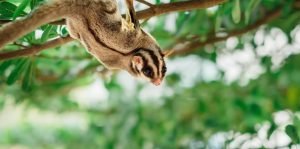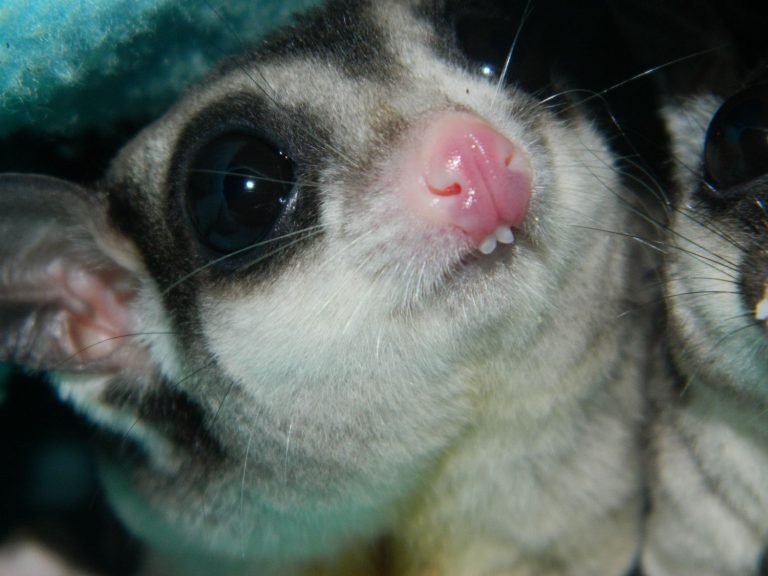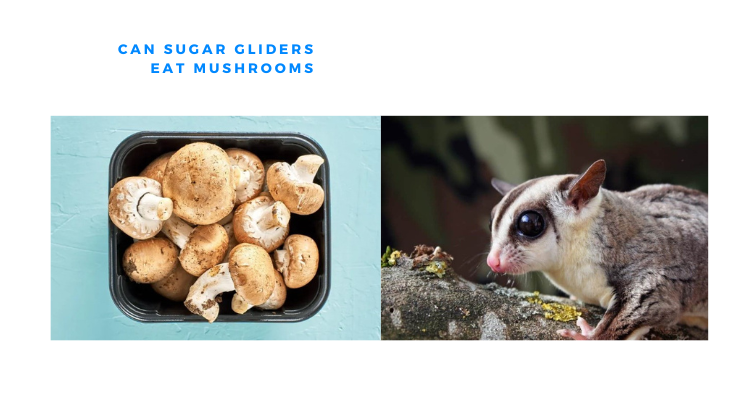Where Do Sugar Gliders Live
Are you curious about where sugar gliders live? These small, adorable creatures are native to the forests of Australia, Indonesia, and Papua New Guinea. In this article, we will delve into the fascinating world of sugar gliders and explore their natural habitats, as well as their unique adaptations for survival. So, let’s dive in and discover where sugar gliders call home!
The Natural Habitat of Sugar Gliders
Sugar gliders are arboreal creatures, which means they spend most of their lives in trees. They have evolved to live in various types of forests, including rainforests, eucalyptus forests, and acacia woodlands. The availability of food sources and suitable nesting sites are crucial factors in determining the sugar gliders’ habitat.
Rainforests
Rainforests are lush, biologically diverse environments that provide an abundance of food and shelter for sugar gliders. These habitats are found mainly along the northeastern coast of Australia. In rainforests, sugar gliders make use of the dense foliage and tall trees to navigate and find food. They are often found near the canopy, gliding effortlessly from one tree to another in search of nectar, fruits, and insects.

Eucalyptus Forests
Eucalyptus forests are another common habitat for sugar gliders, particularly in the southern regions of Australia. These forests are characterized by the presence of eucalyptus trees, which provide a favored food source for sugar gliders – the sweet sap from the tree’s sap exudates. Sugar gliders also feed on the nectar and pollen produced by various native flowering plants found in these forests.
Acacia Woodlands
Acacia woodlands are scattered throughout the Australian landscape and are home to a wide range of wildlife, including sugar gliders. These woodlands consist of open forests with a mix of acacia trees, shrubs, and grasses. Sugar gliders in these habitats primarily feed on the sap and sweet exudates from acacia trees. They also forage for insects, fruits, and various plant parts.
Adaptations for Survival
Sugar gliders have evolved a unique set of adaptations that allow them to thrive in their natural habitats. Here are some of the key adaptations that help these tiny creatures survive in the wild:
Glide Membrane
One of the most remarkable characteristics of sugar gliders is their ability to glide through the air. The gliding membrane, known as the patagium, extends from their wrists to their ankles, creating a parachute-like structure. This membrane allows sugar gliders to effortlessly glide between trees, covering distances of up to 50 meters or more in a single glide.
Sharp Claws and Grasping Hands
Sugar gliders have sharp claws that enable them to grip onto tree branches and trunks. These claws, combined with their strong grasping hands, allow them to maneuver through the tree canopy with agility and precision. They can easily cling to vertical surfaces and navigate complex arboreal pathways in search of food and shelter.
Nocturnal Behavior
Sugar gliders are primarily nocturnal creatures, meaning they are most active during the night. This behavior serves as a survival strategy to avoid predators and take advantage of food sources that are more readily available at night, such as insects and nectar-producing flowers.
Specialized Diet
As omnivores, sugar gliders have a diverse diet that includes nectar, sap, pollen, insects, fruits, and tree exudates. Their ability to extract nutrients from such a range of food sources allows them to adapt to different environments and thrive in diverse habitats.
Social Structure
Sugar gliders are highly social animals and often live in small groups called colonies. These groups typically consist of an adult breeding pair and their offspring. Living in colonies provides benefits such as increased protection, improved foraging efficiency, and social interaction.
Frequently Asked Questions
Q: Can sugar gliders survive outside of their natural habitat?
While sugar gliders are adapted to specific environments, they have been introduced to various regions outside their natural habitats. In some cases, they can adapt and survive in these new environments as long as they are provided with suitable food, shelter, and social interaction.
Q: Do sugar gliders make good pets?
Sugar gliders can make delightful pets, but they require dedicated care and attention. They have specific dietary and environmental needs that must be met to ensure their well-being. It’s important to thoroughly research and understand the responsibilities of owning a sugar glider before considering them as pets.
Q: How can I create a suitable habitat for a pet sugar glider?
A suitable habitat for a pet sugar glider should mimic their natural environment as much as possible. This includes providing a spacious cage with branches, ropes, and plenty of climbing opportunities. Additionally, their diet should consist of a balanced mix of fruits, vegetables, protein, and specialized sugar glider pellets.
Final Thoughts
Sugar gliders are fascinating creatures with unique adaptations that allow them to thrive in various forest habitats. By understanding their natural environment and specific needs, we can appreciate these captivating creatures and ensure their continued survival. Whether they are soaring through the treetops of a rainforest or gliding between eucalyptus trees, sugar gliders truly embody the wonders of nature. So, the next time you catch a glimpse of a sugar glider in its natural habitat, take a moment to marvel at their remarkable adaptations and the beauty of the world they call home.







